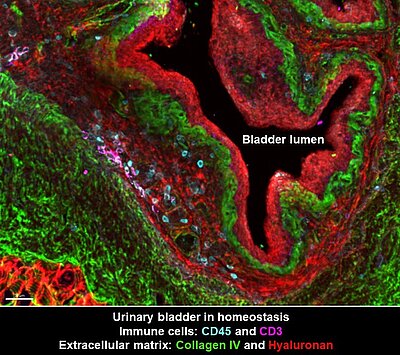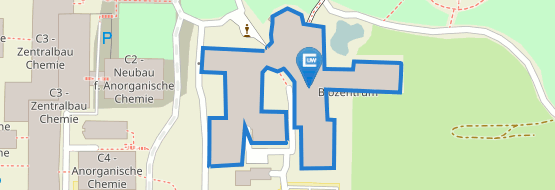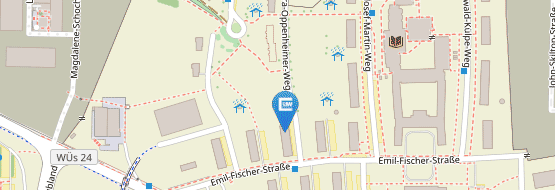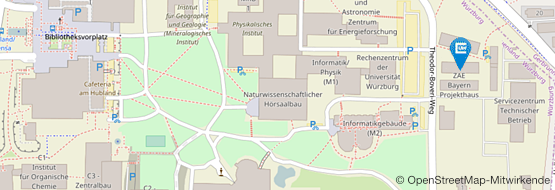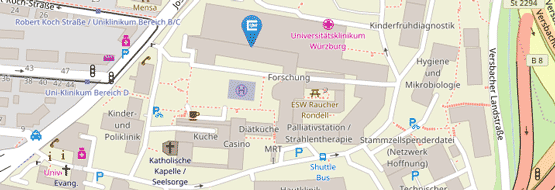Interplay of immune cells and hyaluronan at the crucial structures of the urinary tract during bacterial infection.
Urinary tract infections (UTIs) are among the most common infections worldwide, affecting over 500 million women and 40 million men every year. The primary culprit behind these infections is uropathogenic Escherichia coli, a bacterium that is becoming increasingly resistant to antibiotics—a growing global concern. This alarming trend highlights the urgent need for innovative, host-directed therapies to combat UTIs.
While most UTIs remain confined to the lower urinary tract, some infections can escalate, spreading to the kidneys and even entering the bloodstream. In fact, UTIs are the second leading cause of sepsis globally, underscoring their serious health impact. The progression of infection typically involves two critical steps: first, bacteria ascend from the bladder to the kidneys; second, they can disseminate from the kidneys into the bloodstream.
To defend against these threats, the urinary tract employs a sophisticated arsenal of protective mechanisms. Our research focuses on two key defenses:
1. The protective extracellular matrix (ECM) that covers urinary tract tissues
2. The resident and infiltrating immune cells that detect and neutralize invading bacteria
By leveraging advanced techniques such as flow cytometry and confocal and intravital microscopy, we aim to unravel the decision points of immune-ECM interaction that prevent bacteria from spreading beyond the urinary tract. Our ultimate goal is to pave the way for the development of groundbreaking host-directed therapies, offering new hope in the fight against UTIs and antibiotic resistance.
